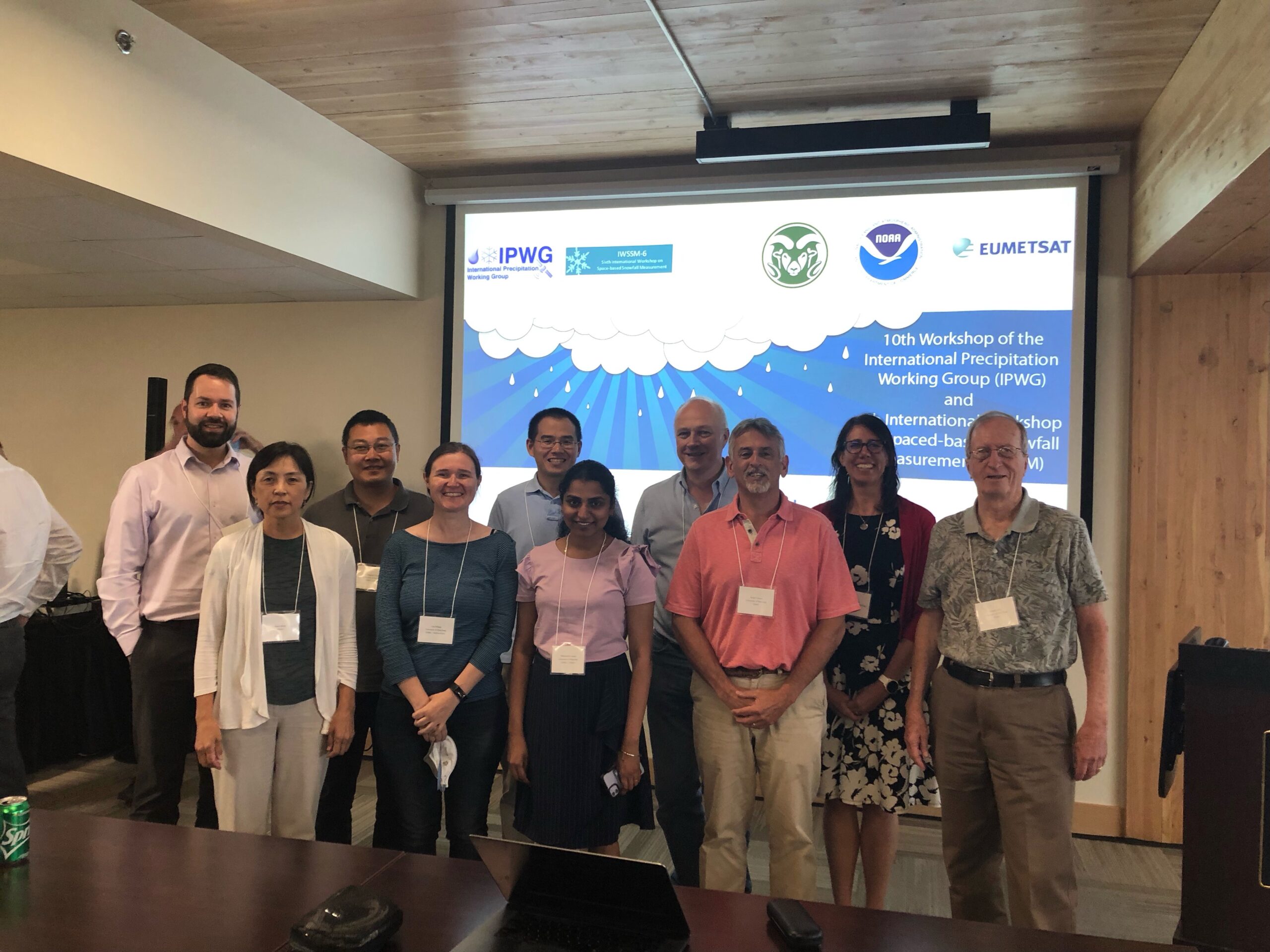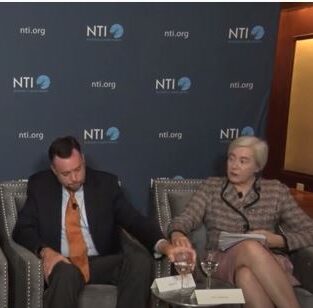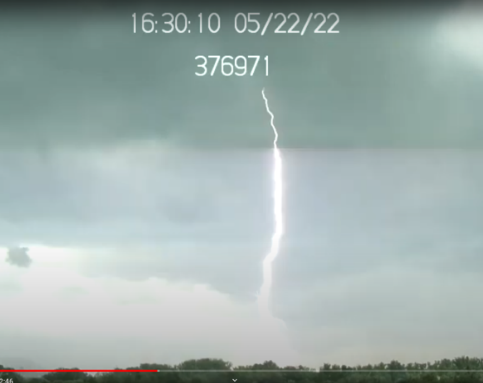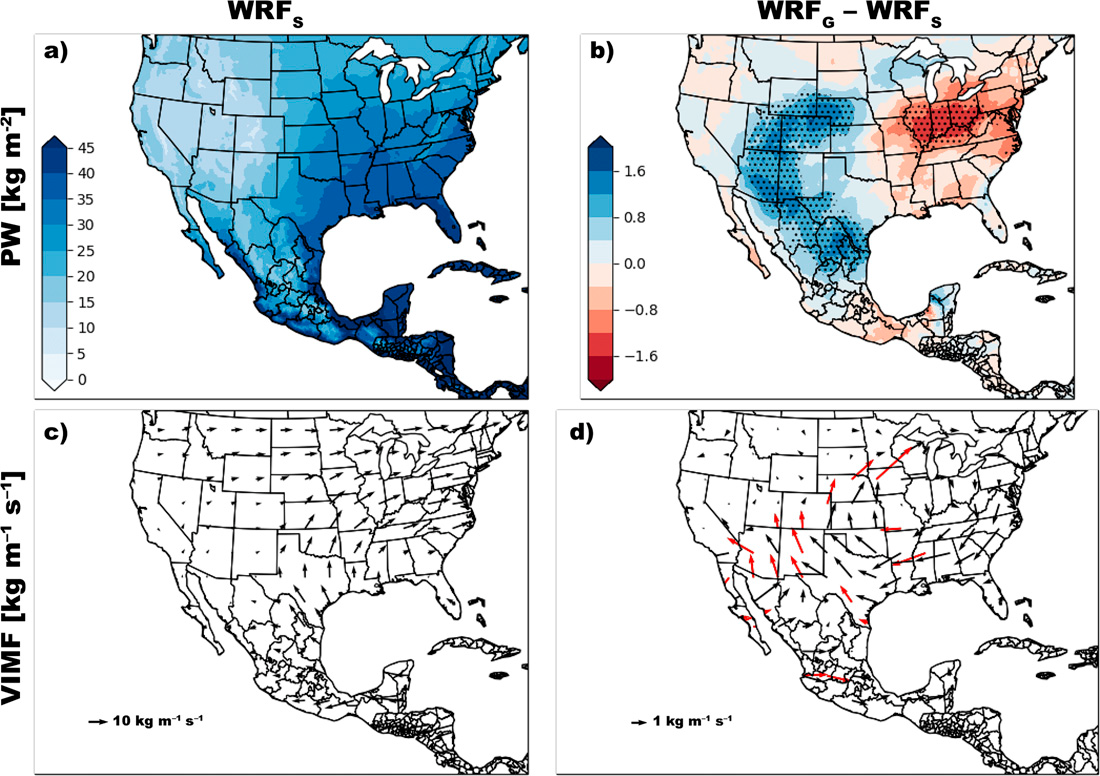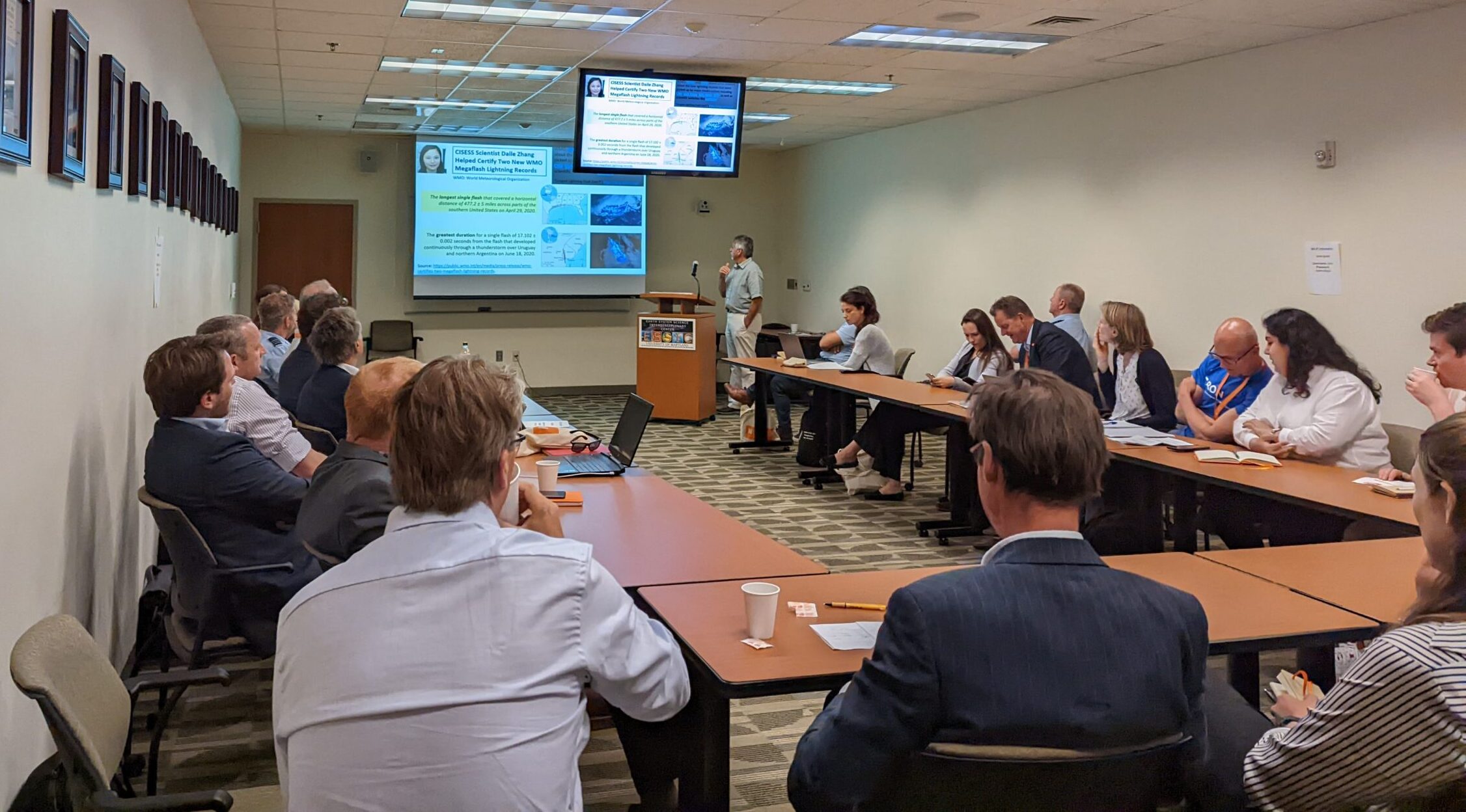
Dutch Delegation Visits ESSIC
On June 21, ESSIC hosted a delegation from the Dutch Space Innovation Mission, a consortium of government, academic, and industry sectors organized by the Netherlands Space Office. The meeting was coordinated by the University of Maryland Office of International Affairs and the Netherlands Embassy. The delegation consists of directors, lead engineers and business developers of the Dutch space sector focusing on new space and upstream high-tech components and equipment, knowledge institutes and representatives of the Netherlands Space Office including the director. For this visit, they sought to meet with technology specialists and high-level representatives in the US space ecosystem.





